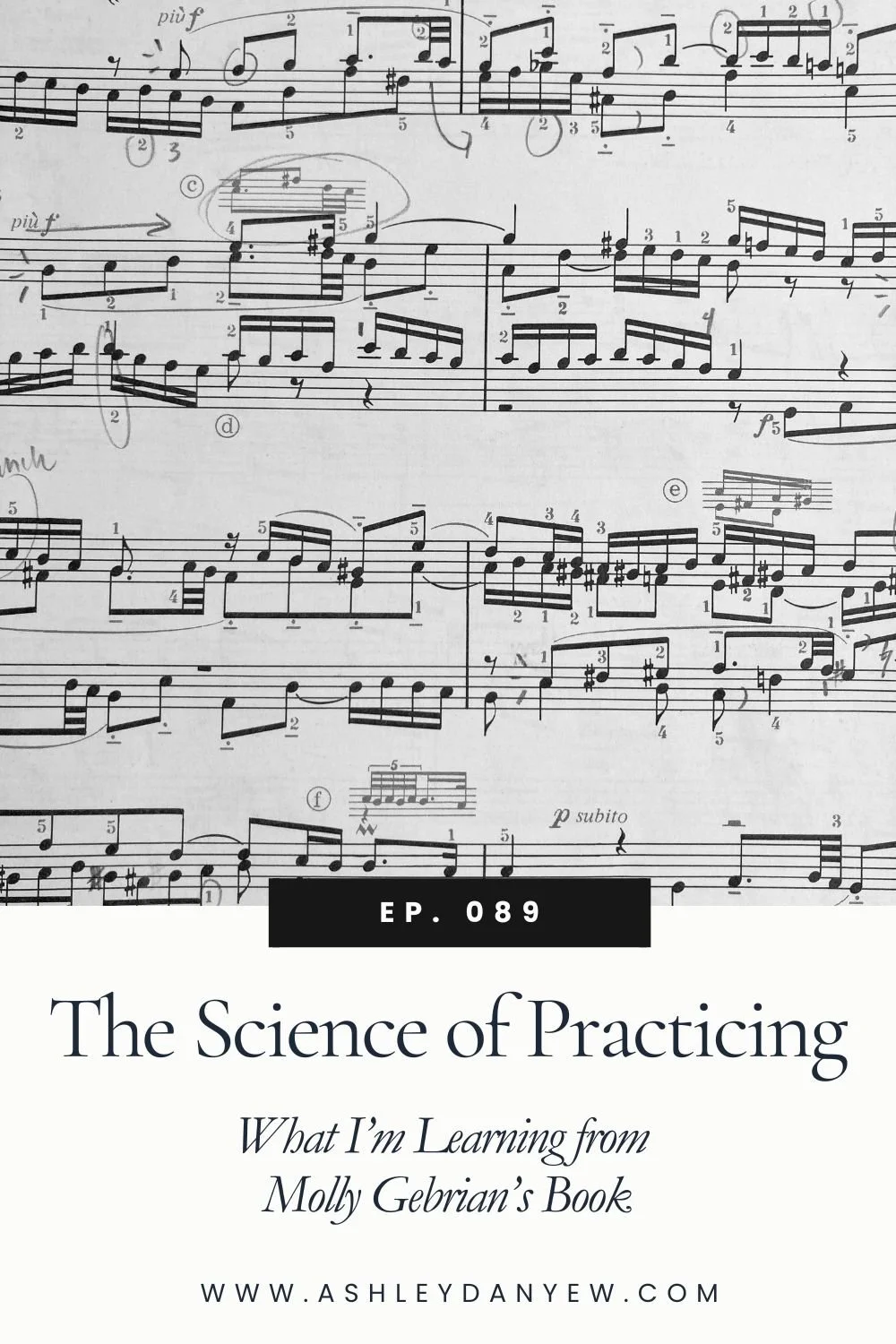Resources Mentioned
*Disclosure: I get commissions for purchases made through some of these links.
Ep. 023 - How to Channel Your Inner Child and See the World Differently
Piano Adventures Lesson Book Primer by Faber & Faber
Wunderkeys Primer 2 by Andrea Dow
Ep. 008 - 10 Creative Ways to Use Rhythm Pattern Cards in Your Teaching
Free Rhythm Pattern Card Set - a printable set of 16 rhythm pattern cards in 4/4 time
Rhythm Pattern Card Set - a printable set of six rhythm pattern card sets in duple and triple meters (192 patterns total)
Rollin’ Rhythms game board by Teach Piano Today
Mini Erasers: fish, dinosaurs, hearts, penguins, zoo animals, fruit, pets
Fearless Fortissimo Major Battle game board by Teach Piano Today
An Inside Look at My Superhero-Themed Studio Incentive Program
Last week, we talked about simple ways to channel your inner child, think more creatively, and see the world differently. So today, I thought it would be fun to share an inside look at how children play and learn and experience music.
At the beginning of this year, I had a buddy lesson with 2nd grader, Samantha and 1st grader, Colby. (Names have been changed to protect the privacy of these individuals.) Both students started with me about 9 months ago. They are halfway through the Faber Piano Adventures Primer book and we’re also working through the second book in the Wunderkeys Primer series by Andrea Dow for skill and concept reinforcement and some supplemental repertoire and games.
Samantha and Colby have back-to-back lessons in my schedule this year, so once a month, I overlap their 30-minute lessons so they each have 15 minutes of solo lesson time and 30 minutes in the middle for shared buddy lesson time.
Most often, we use this time to play games and activities that are more fun with another person, like the games in the Wunderkeys book. We review lesson concepts like steps vs. skips or finding landmark notes on the staff or notes that go up and notes that go down. Sometimes, we do written activities—doing a maze and reviewing how to write notes of the C 5-finger scale on the staff—and sometimes we do listening and movement activities. I try to choose one key skill or concept to focus on in each buddy lesson and then choose games and activities that support that.
Today, I’m giving you a behind-the-scenes peek into one of our buddy lessons this spring—these are notes straight from my teaching journal.
Today was Samantha and Colby’s buddy lesson.
The theme of the day was rhythm and more specifically, rhythm patterns in duple meter. At the beginning of our time together, we played Rollin’ Rhythms by Teach Piano Today (perhaps better known as Rhythm Tic-Tac-Toe).
I mentioned this game in Ep. 008 - 10 Creative Ways to Use Rhythm Pattern Cards in Your Teaching. I love it because I can use it with all ages—even my middle school students like to play it! I use different sets of rhythm pattern cards so they’re reviewing patterns that are an appropriate level for them. For instance, my 5th and 6th-grade students are learning sixteenth-note patterns and how to count them using numbers, so we’ve been reviewing those patterns with Rhythm Tic-Tac-Toe the past few weeks. I plan on using this game with my 7th- and 8th-grade students, as well—maybe numbering the cards 1-9 and having them chant a corresponding 4-measure rhythmic example on a different sheet? I’ll let you know how that goes once I try it.
Anyway, they have their own game board and X and O cards you can print out and use, but I wanted to use rhythm patterns we’ve been learning the past few months, plus I wanted to be able to swap them out for different patterns if we played it more than once.
So, I had Colby and Samantha choose nine rhythm pattern cards from a set we’ve been using: patterns that use quarter notes, half notes, eighth notes, and quarter rests. For markers, we used those little mini erasers. You know the ones you can get at Target or on Amazon? I chose a set of black cat erasers for Samantha to use as markers—her favorite—and Stegosaurus erasers for Colby, naturally. I arranged the cards in a 3x3 grid and we numbered them in our minds 1-9, left to right, top to bottom. Using a pair of dice, they took turns rolling a number, then clapping the rhythm on the card. If they performed it correctly, they got to place a marker on that card.
Partway through the game, we had a discussion about how to count rests (silently, with hands out in the air) and clapping vs. patting the rhythm (“Ms. Ashley, can we clap or pat our legs?” “You can do it either way,” I replied, demonstrating. They chose to pat the rhythm after that). Eventually, we will work up to patting the steady beat and chanting the rhythm, but right now, they still struggle to do both things at the same time.
After two quick rounds of Rhythm Tic-Tac-Toe, we switched to a new game. I modified the Fearless Fortissimo Major Battle game from Teach Piano Today to be about rhythm comparisons. I used this game last year as part of my superhero incentive program. I’ve found I can use this game for pretty much any type of comparison: duple vs. triple meter, steps vs. skips, major vs. minor, high vs. low, etc.
The game board has numbers 1-45 in alternating circles and squares.
Basically, the concept is to listen to a chord, interval, rhythm, etc.—whatever you’re comparing—and then identify whether it was one or the other, major or minor, step or skip, etc. Then, they take turns rolling a die and covering up that many spaces on the board (circles for one, squares for the other).
Today, since we’re focusing on rhythm, I decided to make a version of this game focused on same vs. not the same with some rhythm patterns we’ve been learning.
I hid four rhythm pattern cards around the room before Samantha and Colby arrived (they love scavenger hunts). After they found the cards, their job was to listen to the rhythm pattern I clapped and decide if it was one of the four they had in front of them or something different. If it matched one of their cards, Samantha would roll the die and cover up that many squares on the game board. If it was a different pattern, Colby would roll the die and cover up that many circles on the game board. This way the turns don’t just go back and forth—they have to really listen and determine what they hear. The goal is to try to cover up numbers that I had secretly chosen at the beginning of the game.
After three turns each, they had guessed 3 out of 6 of my secret numbers. They were pretty excited about that. They loved the game so much that they asked to play it again! So, glancing at the clock, I chose new secret numbers and we played a very condensed, 1-minute version. With one turn each, they were still able to guess one of my secret numbers!
All in all, it was a pretty successful buddy lesson.
Disclaimer: Not all buddy lessons go this well—sometimes the sequence is off or they don’t remember what I think they’ll remember and we have to do some review first, or they’re just not feeling the games and activities I have planned and I struggle to keep them engaged and on-task. But, sometimes, we have a really great day and I’m making a point to document these moments as they happen this year.
I’d love to hear from you:
Do you do buddy lessons with your students? If so, I’d love to hear how you structure them and what kinds of activities you include. Let me know in the comments!






































